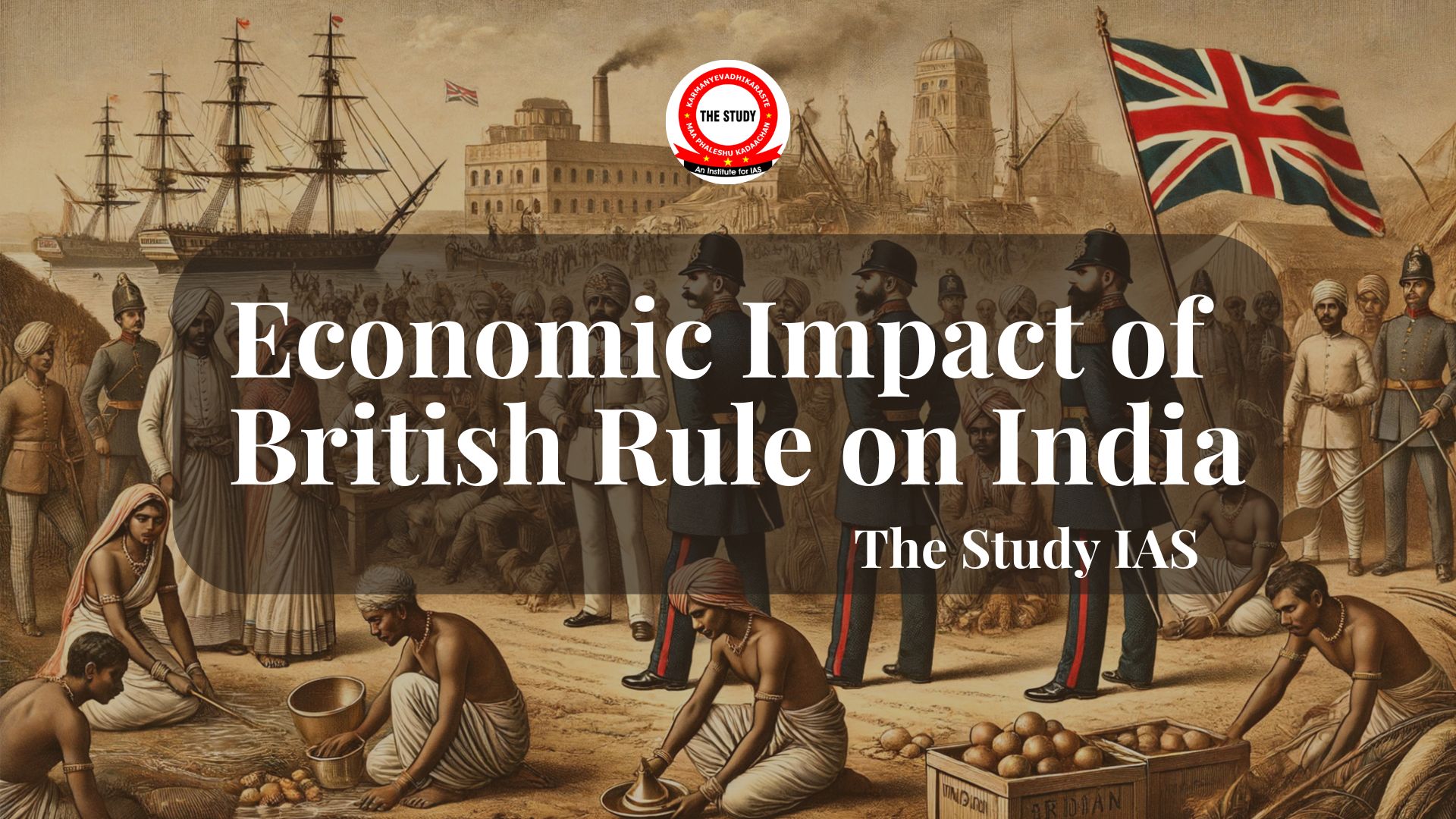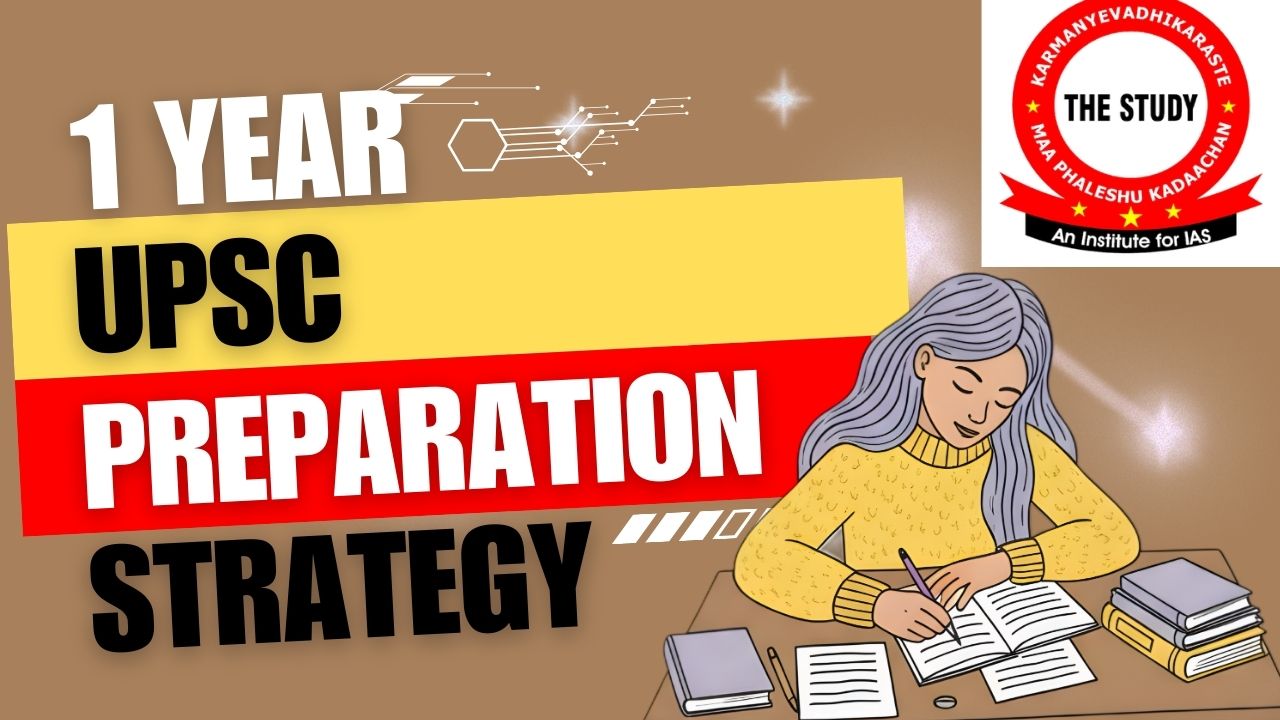Font size:
Print
A New Vision for the Amazon: Socio-Bioeconomies (SBEs)
Context:
Conservationists from Bolivia, Brazil, Peru, Ecuador, the US, and the UK have advocated for a major shift in economic models to protect the Amazon rainforest and improve the well-being of its people.
More on News:
- They emphasise that the current approach to conservation and development is insufficient and propose a new model centred around the diverse needs of indigenous and rural communities.
- The new socio-bioeconomies (SBEs) model, could protect much of the Amazon while enhancing the livelihoods, health, and food security.

|
Current Situation and Challenges:
|
Key Highlights:
- The proposed new model and policy changes enhance infrastructure, supply chains, and social organisations, creating fair and sustainable futures.
- Conventional economic models may yield short-term gains, but they exploit Amazonian people and resources over the long term, with inadequate investment in education, innovation, and sustainable infrastructure.
- SBEs focus on sustainable use and restoration of ecosystems while supporting indigenous and rural communities.
- Key components of SBEs include eco-friendly tourism and sustainable harvesting and processing of plant products into valuable foods, beverages, clothing, and medicines.
- Collaborators are calling for significant increases in social mobilisation, technology, and infrastructure to support SBEs.
Examples
Implementation:
- Redirection of Subsidies: Shifting government support from large-scale agribusinesses to smaller-scale, sustainable initiatives.
- Investing in technology and infrastructure to support SBEs.
- Integrate rural and urban policies, such as public procurement programs for sustainably produced foods in schools and hospitals.
- Redirect finance towards conservation and restoration activities, support community enterprises, and ensure participatory processes for long-term benefits.
Way Forward:
- A need for substantial political will and public support to realise these changes. We can transform conservation and development efforts in the Amazon and potentially in other regions around the world.
- By investing in innovative, sustainable practices and involving local communities in decision-making processes, it is possible to foster both economic development and environmental conservation.


